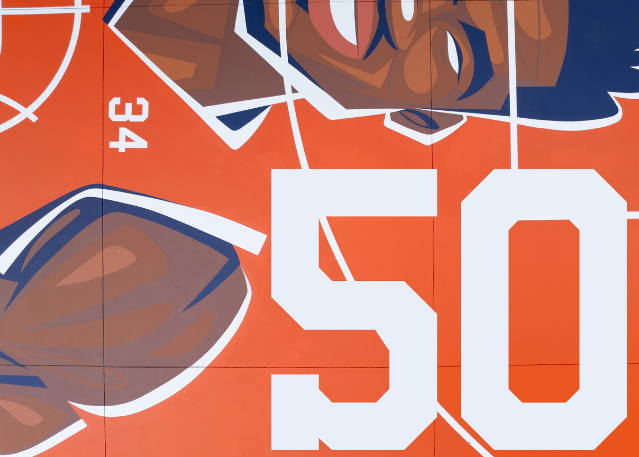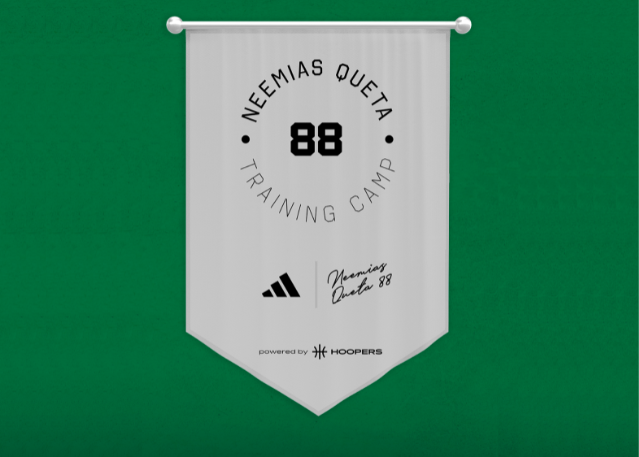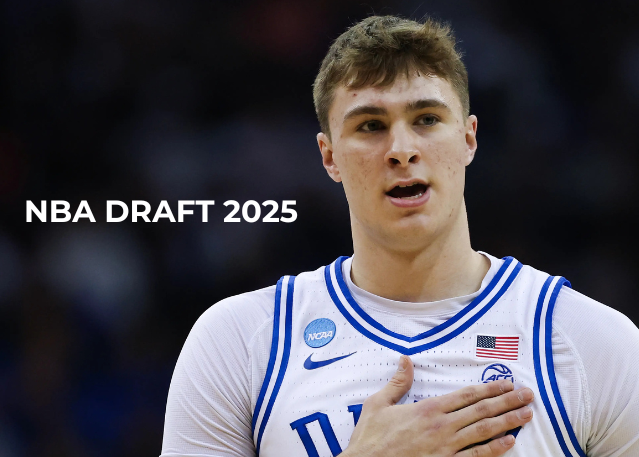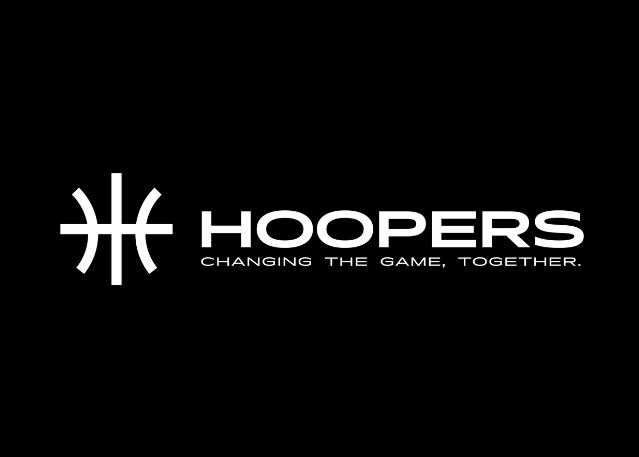Get inspired by the culture
Welcome to the Hoopers Blog! Here, we celebrate basketball in all its forms.
Explore inspiring stories, exclusive interviews, tips to improve your game and content that connects
to art, culture and community.
3 min
We reach Court 50. More than just a game, it’s real impact
We reach Court 50. More than just a game, it’s real impact 50 courts. A number that represents more than…
2 min
Neemias Queta Training Camp 2025: Where the Future of Basketball Trains
Neemias Queta Training Camp 2025: Where the Future of Basketball Trains From July 14 to 18, the Pavilhão Desportivo dos…
10 min
2025 NBA Draft: Cooper Flagg leads the pack as Mavericks shock the lottery
2025 NBA Draft: Cooper Flagg leads the pack as Mavericks shock the lottery The 2025 NBA Draft is right around…
2 min
Fan Engagement in Major Sports Events: Hoopers Technology in Action
Fan Engagement in Major Sports Events: Hoopers Technology in Action Buzzer Platform Powers the Fan Engagement Experience and Puts Data…



